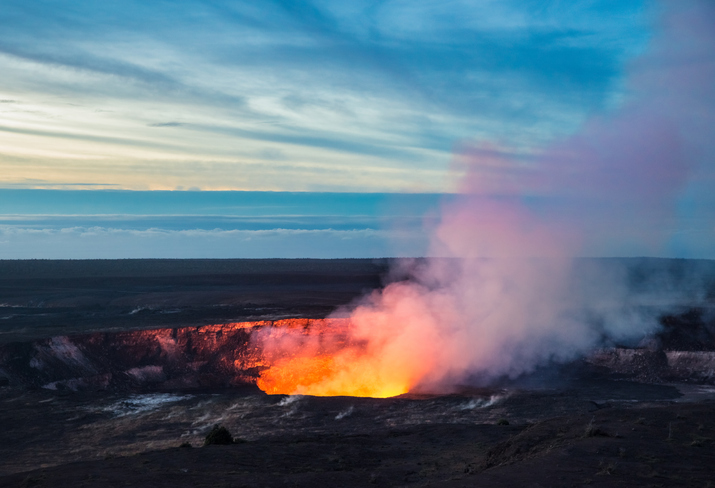
The legislature adopted House Concurrent Resolution 130 (HCR 130), which recognizes and apologizes for the damage caused by Act 57, a law passed shortly after the US’ displacement of the Hawaiian monarchy. Under Act 57—also known as the Laws of the Republic of Hawai’i 1896—English was declared as the only language to be used in the territory’s public school system, an action whose effects on the Indigenous Hawaiian language can be seen to this day.
“Due to Act 57, many students were punished for speaking ‘Ōlelo Hawai’i [the native-language term for the Hawaiian language] at school, and the number of Hawaiian language speakers collapsed from nearly 40,000 in 1896 to a mere 2,000 in 1978,” reads HCR 130.
The resolution was published in a bilingual format, with a Hawaiian-language translation of the text alongside the English version.
Upon initial contact with Europeans, the Hawaiian language was the main language spoken on the islands of Hawai’i. European missionaries and native Hawaiian speakers developed a written form of the language just a couple of decades after the two groups came into contact, helping to cement the language’s role in Hawaiian society at the time. By 1834, nearly all Hawaiians were literate in the language and all education was conducted in Hawaiian.
The language was soon to decline, however, after the Kingdom of Hawai’i was overthrown and US forces came to power. Although the Hawaiian language was not officially banned, students were frequently punished for speaking it in school, and the number of native speakers sharply decreased through the following century. Additionally, immigration to Hawai’i from the mainland US and other countries made the language—and the Indigenous people native to the islands—a minority within the country, a factor that many believe contributed to the language’s decline.
It wasn’t until nearly 100 years after the US annexed Hawai’i that people in power would begin to recognize the value of the Hawaiian language. In the 1980s, immersion schools focused on teaching children in Hawai’ian became popular as Act 57 was finally repealed. As a result, the number of Hawaiian speakers has steadily risen since the ‘80s, with the state’s Department of Business, Economic Development, and Tourism estimating that a little over 18,000 people speak the language fluently.
“The ‘Ōlelo Hawai’i was excluded from Hawai’i’s public schools for 90 years and would not be heard in official instruction for four generations,” reads the recently adopted resolution.
Andrew Warner





